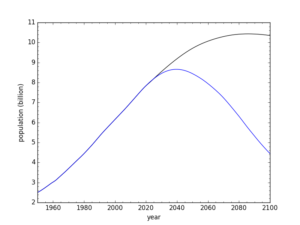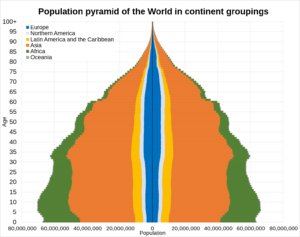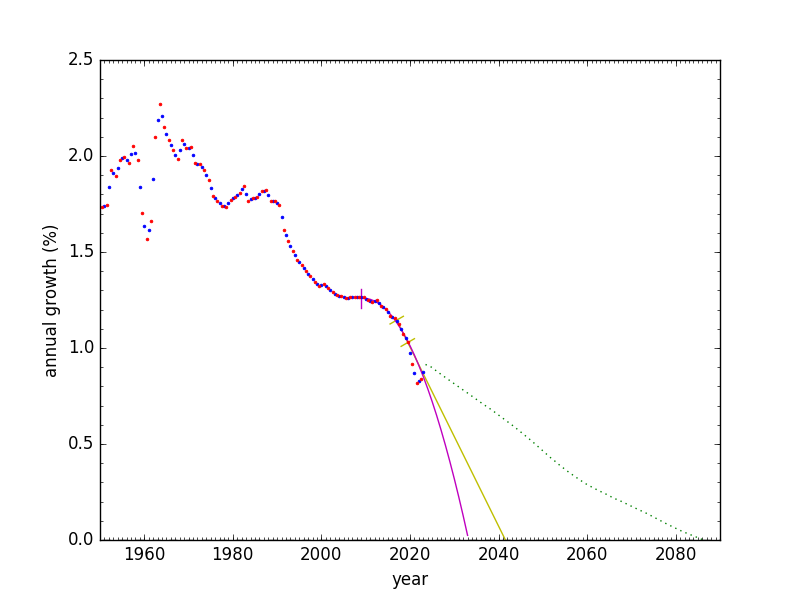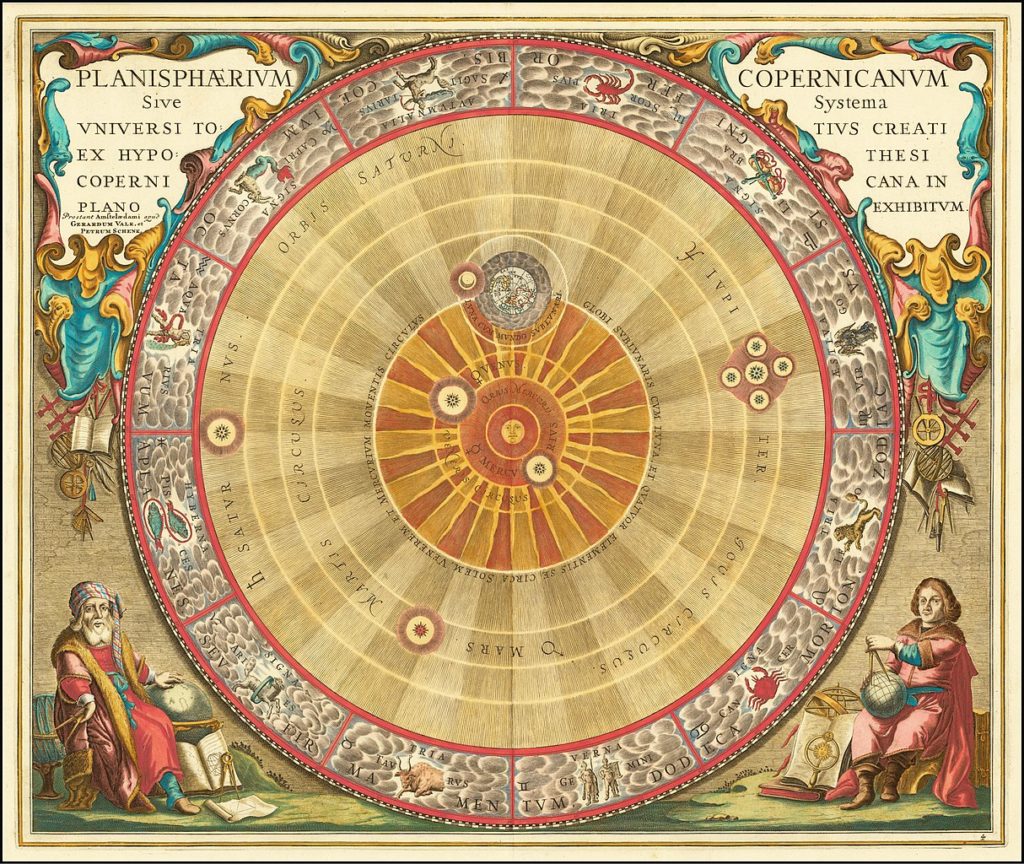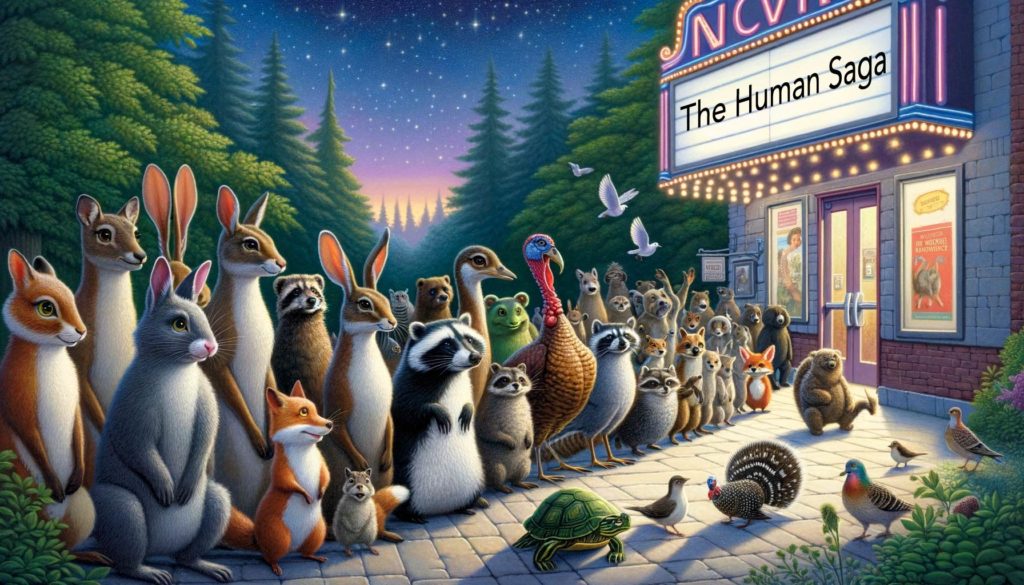Readers may have noticed that I’m on a bit of a demography kick of late, and this post is no different. Several reasons contribute to this focus. First, human population is an extremely important factor in the future health of this planet. Second, I am fascinated by the prospect that population growth may not turn out to be as crushing as I had previously believed. Third, having developed a tool for demographic projection, I want to get my money’s worth before scooting off to something else.
The first post in this series examined the unexpected realization (on my part) that current trends could put us on track for a global population peak in the next few decades—maybe deflating the population balloon before something pops. In the process of investigating how this squared with most projections that show a late-century peak, I came to understand the theoretical biases—especially in fertility—employed by United Nations demographers. This first post also explored possible implications of an early peak: how modernity would cope with such a major, unprecedented, and rather prolonged period of declining population. The second post sketched out a reasonably sophisticated demographic propagation tool I constructed tracking six regions of the world so that I might reproduce the U.N. projections and explore what I considered to be plausible variants in terms of both fertility evolution and survival/medical trends. I also wedged in a bonus post exposing the repeated systematic failure of demographic projections to capture recent rapid trends in declining birth rates. The models apparently don’t incorporate whatever drives this major phenomenon.
In this post, I examine a few implausible scenarios for the purpose of isolating and better understanding factors at play. I think of it as answering “What If” questions (calling to mind Randall Munroe’s excellent What If series of outlandish yet illuminating questions). What if fertility around the globe suddenly locked at the replacement value? What if things stayed exactly as they are today? How much earlier would population peak if Africa’s fertility fell as rapidly as other recent precedents? What if we suffered a pandemic or global resource war?
The first few of these explorations are not intended to be realistic as much as they are illustrative of the relative importance of various factors. I learned from the exercises, at least, and hope you will, too.
Views: 2898



